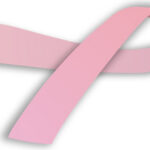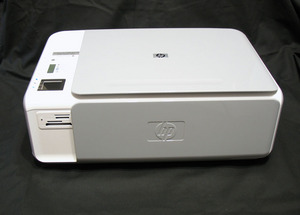When a woman gets a diagnosis of breast cancer, it can be quite a shock. Many things run through their mind: what about my family, my career, my health… treatment options available are limited, and aggressive treatment is most uncomfortable, time consuming, expensive, and quite painful to some.
The medical community now has the ability to test for the factors that show if a woman is at a higher risk for breast cancer. A genetic screening to test for the BRCA1 and BRCA2 gene mutation can indicate a higher risk for developing breast cancer, as well as checking first level family members (sister, mother, daughter) and their medical history, especially diagnosis of breast cancer prior to the age 50, a previous diagnosis of breast cancer in remission or cured, or a diagnosis of lobular carcinoma in situ, which has been shown to be linked to breast cancer.
However, it should be known that even though the medical community can determine you have significant risk factors that might make you more susceptible to being diagnosed with breast cancer, no health care professional at this point can determine if those criteria will actually lead to breast cancer.
In other words, many women have all the risk factors for breast cancer but never develop it, while others have zero risk factors for breast cancer and do. There is no way to determine beyond a doubt that any woman will or will not develop breast cancer.
That being said, some women who have had close family members or friends with breast cancer have seen the potentially devastating effects it can have, and more women are choosing to be tested for breast cancer risk than ever before. One option available to women who are at high risk is to have an elective mastectomy.
What an elective mastectomy is, basically, choosing to have both breasts removed, even though a diagnosis of breast cancer has not been made, in order to prevent breast cancer. A simple elective mastectomy would remove the entire breast skin, nipple, areola, and breast tissue, leaving the lymph nodes in place. Reconstructive surgery can be performed at the same time of an elective mastectomy or at a later date to reconstruct the breasts and give them a normal appearance when wearing clothing. However, the breast itself, when not clothed, will not look the same as a natural breast. Additionally, the breast cannot function after an elective mastectomy for things such as breast feeding.
One pro to choosing an elective mastectomy if the risk factors for breast cancer are high is that it is far less likely for a women to get breast cancer after an elective mastectomy.
One con to choosing an elective mastectomy if the risk factors for breast cancer are high is that an elective mastectomy does not guarantee or even rule out the possibility of getting breast cancer.
It should be noted that even men can get breast cancer, though this is rare, so it stands to reason that even after an elective mastectomy, a woman with a very high risk for breast cancer can still get breast cancer.
Another pro for elective mastectomy is a mental/emotional factor – someone who is at high risk for breast cancer can choose an elective mastectomy in the hope of preventing breast cancer, and having an elective mastectomy can help put their mind at ease, not having to worry about breast cancer, fewer regular visits to the doctor to check for breast cancer, and an overall reduction in the expense of medical care, treatment, and preventative costs.
The con side of this is that elective mastectomy can radically alter a woman’s appearance, and even though she may feel ready for such a huge change, and even with reconstructive surgery, the physical changes caused by an elective mastectomy can very well be overwhelming.
Additionally, an elective mastectomy can be expensive, and most insurance companies still choose not to pay for elective procedures, even elective mastectomies for high risk women. Even if the insurance company did opt to pay for the elective mastectomy, chances are likely they will not pay for the breast reconstruction afterward.
The most important thing a woman can do to take care of her breast health is to visit her doctor regularly. When called for, have regular mammograms. Mammograms should be performed at least once per year for all women over 35-40 years of age or who are going through or have gone through menopause (natural or induced). Any woman with a higher risk of developing breast cancer should be checked more frequently, as per her doctor’s orders.
Elective mastectomy is a very controversial topic. Many surgeons refuse to perform the procedure unless a diagnosis of breast cancer is confirmed. The choice belongs solely with the woman, and she can choose to have an elective mastectomy for any reason or no reason at all. A qualified surgeon, particularly one skilled in plastic or cosmetic surgery, can likely be found to perform the procedure, whether at risk or not.
However, it is important to do all the research before a woman who has a high risk factor for breast cancer decides to have an elective mastectomy. Surgery itself presents a risk of death, disfigurement, illness and more.
Weigh the options, do all the research, discuss with a doctor and family and friends, seek professional therapy all before a decision to have an elective mastectomy.


